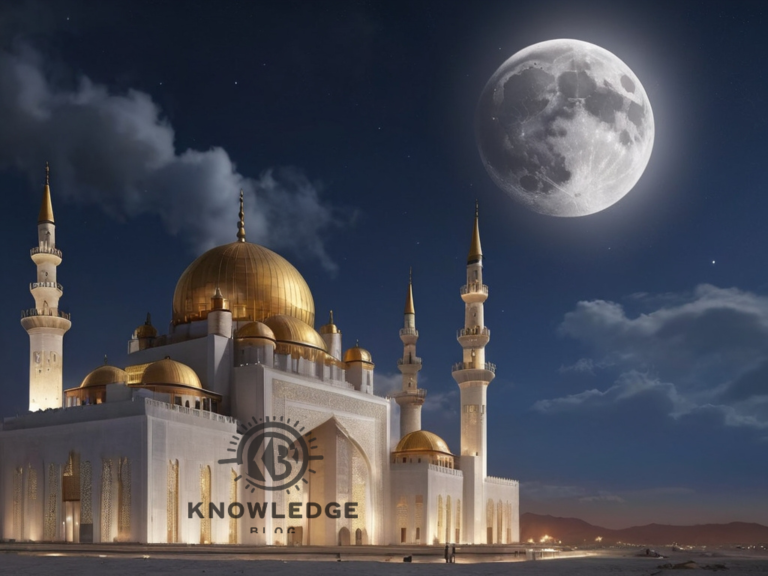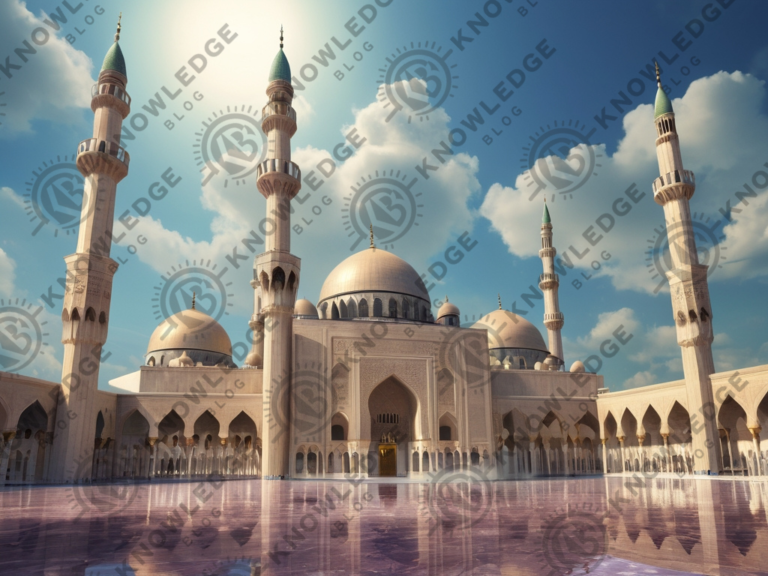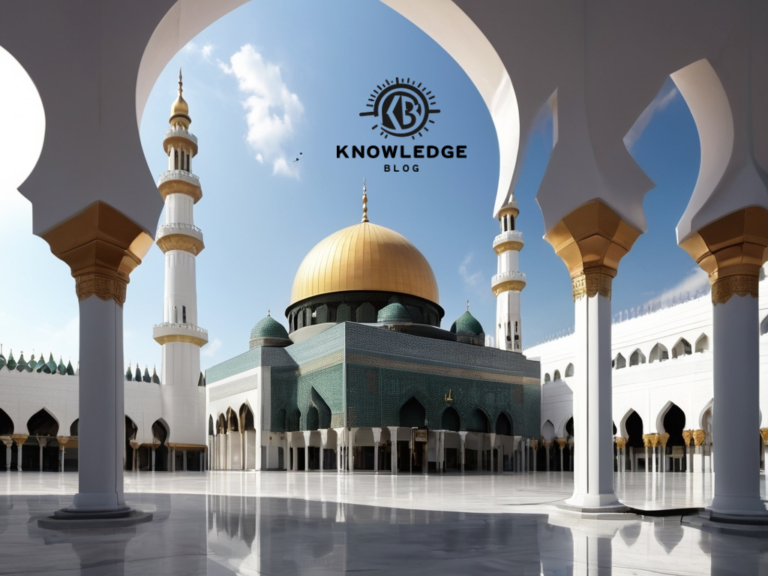Discover The History About Islam Religion

The history about islam religion is a fascinating tapestry woven through time, encompassing the profound depths of spiritual belief, the richness of cultural traditions, and the relentless pursuit of knowledge and understanding.
In this introduction, we set the stage for a deeper exploration of Islam’s history, aiming to shed light on its origins, its golden age of scientific and cultural flourishing, we hope to help you Learn About Islam.
Table of Contents
ToggleIntroduction to Islam
Islam is a monotheistic faith, one of the world’s major religions, with a global following exceeding over a billion people. The word “Islam” itself means “submission to the will of God.” Followers of Islam, known as Muslims, believe in a single, all-powerful God who is merciful and compassionate. They also believe that life on earth is a test, and the fulfillment of God’s commandments and teachings will lead to paradise in the afterlife.
What Is the Religion of Islam Based On
Islam is built upon a foundation of five core practices known as the Five Pillars, which are essential acts of worship and a framework for a Muslim’s faith and obedience.
- Shahada
- Salat (Islamic Way of Meditation)
- Zakat
- Sawm
- Hajj
The history about islam religion
The Birth of Islam
The birth of Islam, a pivotal event in world history, began in the 7th century in the Arabian Peninsula, a region that was then a complex mix of tribal cultures, trade networks, and various polytheistic religions. At the heart of this transformation was the life of Muhammad ibn Abdullah, whose revelations and subsequent leadership would change the course of history.
Pre-Islamic Arabia
Before Islam, the Arabian Peninsula was home to various tribes each with its own practices. Mecca, Muhammad’s birthplace, was a significant religious and commercial center, home to the Kaaba, a sacred sanctuary that housed numerous deities and attracted pilgrims from across the region.
The Early Life of Muhammad
Muhammad was born in Mecca around the year 571 CE into the Quraysh tribe. Orphaned at a young age, he was raised first by his grandfather.
As a young man, Muhammad became known for his trustworthiness and eventually worked as a merchant.
Around the year 610 CE, at the age of 40, Muhammad began to experience profound spiritual revelations while he in the Cave of Hira near Mecca.
The Hijra
Muhammad’s message of monotheism and social reform attracted followers but also fierce opposition from Meccan leaders, who saw his teachings as a threat to their power and the city’s religious traditions.
The persecution of Muhammad and his followers grew increasingly severe, leading to the pivotal event known as the Hijra in 622 CE. Muhammad and the Muslims migrated to Yathrib (medina)
The Establishment of Islam
Over the next decade, through a combination of diplomacy and military campaigns, Muhammad and his followers succeeded in uniting the tribes of the Arabian Peninsula under the banner of Islam. T
the community returned to Mecca in 630 CE, entering the city peacefully and rededicating the Kaaba to the worship of the one God, Allah.
Muhammad’s death in 632 CE did not diminish the momentum of the Islamic faith. His teachings, preserved in the Quran and the Hadith, continued to inspire and guide Muslims.
Under the leadership of his successors, the Rashidun Caliphs, Islam rapidly expanded beyond Arabia into Africa, Asia, and Europe, laying the foundation for a rich and diverse global civilization that continues to thrive today.

The Expansion of Islam
Islam’s spread from the Arabian Peninsula globally is a significant tale of religious, cultural, and political expansion across centuries.
Early Expansion (632-661 CE)
Following Prophet Muhammad’s passing in 632 CE, the Rashidun Caliphs succeeded him, guiding the Muslim community.
This era experienced swift military growth, yet Islam’s spread wasn’t just by force.
The Umayyad Caliphate (661-750 CE)
This period marked significant territorial expansion and the establishment of Islamic culture.
Expansion reached the Iberian Peninsula, parts of France, the Maghreb, and into Central Asia.
The establishment of Arabic as the administrative language and the spread of Islamic culture and religion. This period watched the Introduction of the Jizya (tax on non-Muslims).
The Abbasid Caliphate (750-1258 CE)
The Golden Age of Islam was marked by advancements in science, mathematics, astronomy, medicine, and literature.
While direct territorial expansion slowed, the influence of Islamic civilization spread through trade, especially with Sub-Saharan Africa, India, and China.
The Baghdad translation movement saw scholars translating Greek, Persian, and Indian texts into Arabic, enriching global knowledge.
The Spread of Islam to Southeast Asia
Arab traders spread Islam to Southeast Asia by the 12th century, becoming dominant in Indonesia, Malaysia, and Brunei by the 16th.
The spread in Southeast Asia was notably peaceful, primarily through trade and, highlighting the diversity of Islam’s expansion methods.
The Ottoman Empire (1299-1922 CE)
The Ottomans were instrumental in spreading Islam into the Balkans and parts of Eastern Europe. Under Sultan Suleiman, the empire saw major conquests and embraced diverse cultures with advanced administration.
Related Article: The Secret of Meditation; Unveiling the Hidden Treasure
Conclusion
Islam’s history is a deep journey of faith and global impact, shaping the world beyond just spiritual beliefs.
the Islam’s history shows a rich mix of faith, culture, and intellect, blending heritage preservation with future innovations.
Islam’s evolution from inception to a major religion showcases the ongoing interplay of belief, knowledge, tradition, and innovation worldwide.
The history about Islam religion is not merely a tale of the past but a ongoing story of worship, obedience, and trust in God.






